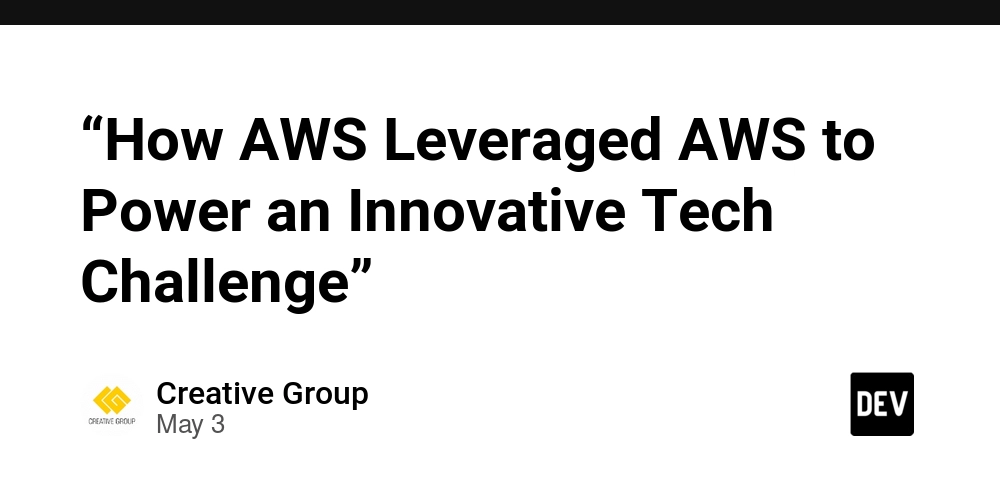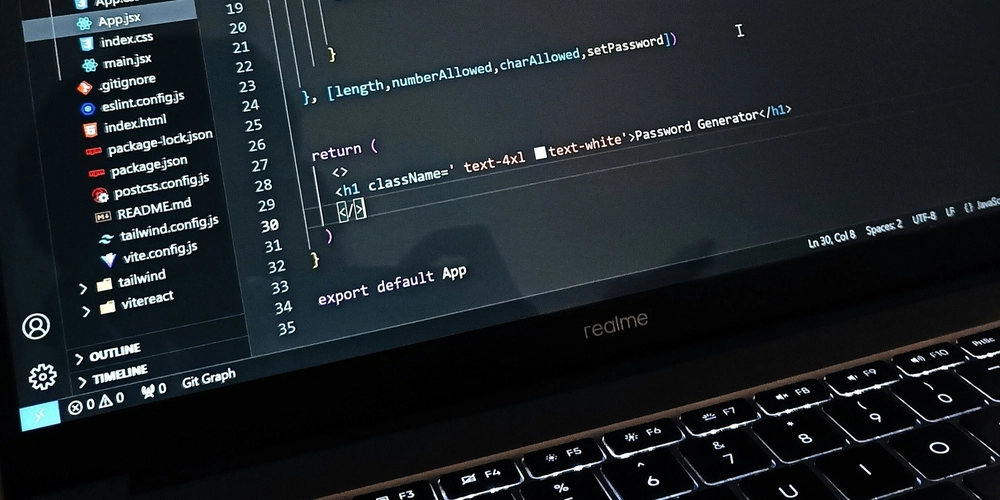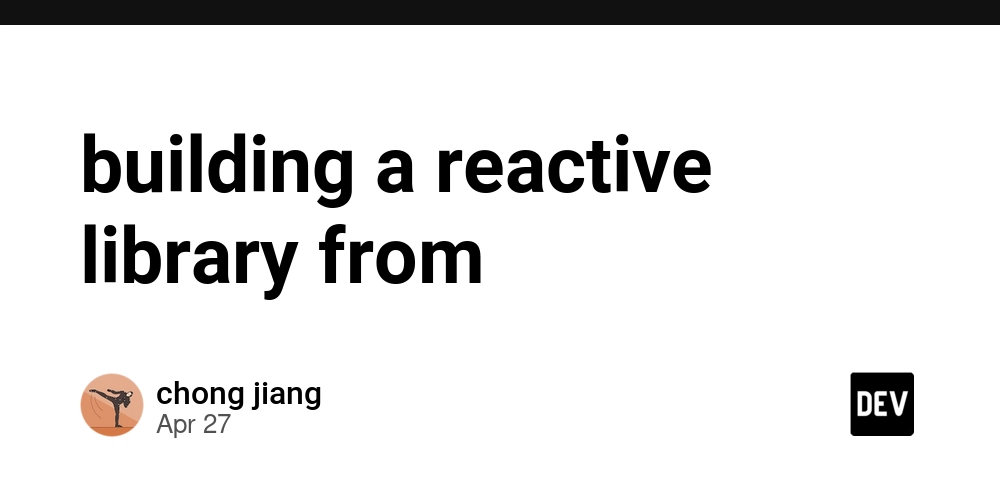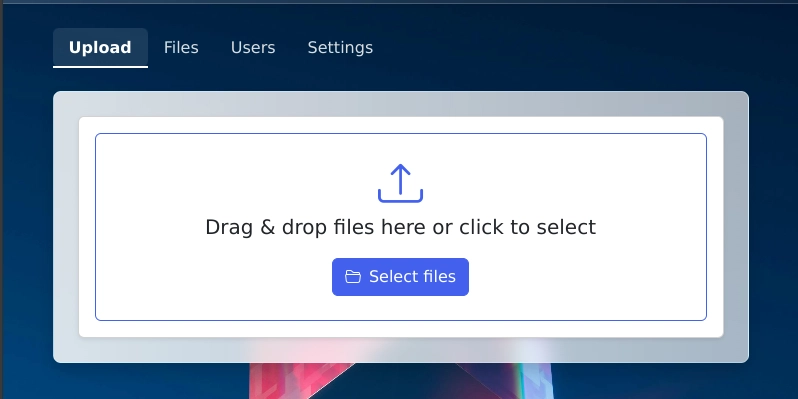Leaders Are Overlooking This Crucial Factor in AI Readiness
The 2025 McKinsey report on AI in the workplace reveals an important data point. Employees are more prepared for AI than most leaders realize. According to the report, 94% of employees have some familiarity with generative AI tools. Most execs estimated 4% of their teams already use AI heavily at work. However, the real figure is 12%, three times higher. Even skeptics are on board. The report labels cautious employees as "Gloomers" (37% of the workforce), who want tight AI oversight, and "Doomers" (4%), who distrust AI outright. Yet 80% of Gloomers and 50% of Doomers say they’re comfortable using AI at work. That shows widespread readiness, not just enthusiasm from the usual suspects. Employees clearly crave tools and skills, but too many leaders hesitate. Some chase hype, while others freeze over potential risks. If leaders don’t act decisively, they’ll bottleneck their teams’ potential. The real value lies in translating these findings into strategic action. I’ll outline how leaders can move beyond awareness to implementation, creating clear frameworks that balance innovation with governance. 1. Recognize AI Already Exists In Your Workforce Key Point: The McKinsey report indicates that leaders underestimate how comfortable employees are using AI in their work. What they don’t realize is the vast majority are already familiar with AI tools. I've observed junior engineers rapidly mastering AI coding tools and dramatically increasing their output. This directly validates what recent research confirms. On multiple teams, employees have already integrated AI capabilities into their workflows, well ahead of formal leadership initiatives. What to Do Next: Elevate Early Adopters. In my own projects, our breakthrough solutions emerged from developers experimenting with AI pair programming. These enthusiastic team members became natural innovation catalysts when given autonomy. I recommend identifying these types of individuals and empowering them to design targeted pilot projects Create a “Digital Workforce” Mindset. Encourage teams to view AI as a real-time extension of themselves rather than a “robot coworker” that replaces them. This shift in perspective frees employees to tackle more creative work. It also helps them stop fretting about automation. 2. Employees Will Follow Your Lead Key Point: The report notes that trust and safety are top concerns, but ironically employees trust their own organizations more than anyone else to get it right. That’s an open invitation for leaders to act boldly, but responsibly. I’ve been hammering home the point on my LinkedIn lately. Too many leaders chase buzzwords and trip over their own feet. Focus on the right solutions, and your team will get behind you fast. What to Do Next: Redo Critical Workflows from the Ground Up. Instead of slapping AI on top of existing processes, reexamine core tasks. Are they best served by an autonomous agent? By a coding companion? By a large context-window model? Stop plugging in AI just to say you did. Curate, Then Scale. Pick three or four solid models, like a reasoning LLM for strategy or a support-center AI that reliably works. Test them in a tight scope first, then roll them out if the ROI checks out. 3. Speed and Safety Are a Package Deal Key Point: According to McKinsey, 47% of execs think their AI rollout’s crawling. Half the employees, though, fret about accuracy or security holes. I get it. Leaders want to be sure they don’t wreak havoc on compliance or data privacy. But you can still move fast and stay safe with the right setup. I’ve run hybrid cloud to handle big generative models, layered in tight security checks, too. Outcome? Quicker iterations, no panic over what’s breaking. What to Do Now: Operationalize Trust. Build in hard validation steps, test AI outputs on safe data first. Nail the Basics Before Scaling. I’ve seen teams rush AI into messy workflows and crash. Start with what you’ve got, make it tight, then push it harder. 4. The R.I.G.H.T. Approach to AI Leadership Key Point: The McKinsey report shows only 19% of C-suite execs see revenue gains over 5% from their AI initiatives. Meanwhile, 92% of companies are piling in more cash. I’ve seen this play out too many times. Leaders hear “AI” and start swinging at every pitch.. no plan, no filter. This is why I coach leaders to leverage the R.I.G.H.T. framework. It’s how you cut through the noise and actually make this stuff work. What to Do Next: Responsibility: Spell out AI data governance and any compliance in your space. Don’t sit around hoping legal figures it out. Investment: Put resources where you’ll see near-term impact, like automating mundane tasks, before chasing more futuristic possibilities. Don’t get caught-up on the costs of AI at the outset (compute and inference prices are falling and models are going open-source / becoming commodities). Do focus on the human capital costs and re

The 2025 McKinsey report on AI in the workplace reveals an important data point. Employees are more prepared for AI than most leaders realize.
According to the report, 94% of employees have some familiarity with generative AI tools. Most execs estimated 4% of their teams already use AI heavily at work. However, the real figure is 12%, three times higher.
Even skeptics are on board. The report labels cautious employees as "Gloomers" (37% of the workforce), who want tight AI oversight, and "Doomers" (4%), who distrust AI outright. Yet 80% of Gloomers and 50% of Doomers say they’re comfortable using AI at work. That shows widespread readiness, not just enthusiasm from the usual suspects.
Employees clearly crave tools and skills, but too many leaders hesitate. Some chase hype, while others freeze over potential risks. If leaders don’t act decisively, they’ll bottleneck their teams’ potential. The real value lies in translating these findings into strategic action. I’ll outline how leaders can move beyond awareness to implementation, creating clear frameworks that balance innovation with governance.
1. Recognize AI Already Exists In Your Workforce
Key Point: The McKinsey report indicates that leaders underestimate how comfortable employees are using AI in their work. What they don’t realize is the vast majority are already familiar with AI tools.
I've observed junior engineers rapidly mastering AI coding tools and dramatically increasing their output. This directly validates what recent research confirms. On multiple teams, employees have already integrated AI capabilities into their workflows, well ahead of formal leadership initiatives.
What to Do Next:
- Elevate Early Adopters. In my own projects, our breakthrough solutions emerged from developers experimenting with AI pair programming. These enthusiastic team members became natural innovation catalysts when given autonomy. I recommend identifying these types of individuals and empowering them to design targeted pilot projects
- Create a “Digital Workforce” Mindset. Encourage teams to view AI as a real-time extension of themselves rather than a “robot coworker” that replaces them. This shift in perspective frees employees to tackle more creative work. It also helps them stop fretting about automation.
2. Employees Will Follow Your Lead
Key Point: The report notes that trust and safety are top concerns, but ironically employees trust their own organizations more than anyone else to get it right. That’s an open invitation for leaders to act boldly, but responsibly.
I’ve been hammering home the point on my LinkedIn lately. Too many leaders chase buzzwords and trip over their own feet. Focus on the right solutions, and your team will get behind you fast.
What to Do Next:
- Redo Critical Workflows from the Ground Up. Instead of slapping AI on top of existing processes, reexamine core tasks. Are they best served by an autonomous agent? By a coding companion? By a large context-window model? Stop plugging in AI just to say you did.
- Curate, Then Scale. Pick three or four solid models, like a reasoning LLM for strategy or a support-center AI that reliably works. Test them in a tight scope first, then roll them out if the ROI checks out.
3. Speed and Safety Are a Package Deal
Key Point: According to McKinsey, 47% of execs think their AI rollout’s crawling. Half the employees, though, fret about accuracy or security holes.
I get it. Leaders want to be sure they don’t wreak havoc on compliance or data privacy. But you can still move fast and stay safe with the right setup. I’ve run hybrid cloud to handle big generative models, layered in tight security checks, too. Outcome? Quicker iterations, no panic over what’s breaking.
What to Do Now:
- Operationalize Trust. Build in hard validation steps, test AI outputs on safe data first.
- Nail the Basics Before Scaling. I’ve seen teams rush AI into messy workflows and crash. Start with what you’ve got, make it tight, then push it harder.
4. The R.I.G.H.T. Approach to AI Leadership
Key Point: The McKinsey report shows only 19% of C-suite execs see revenue gains over 5% from their AI initiatives. Meanwhile, 92% of companies are piling in more cash.
I’ve seen this play out too many times. Leaders hear “AI” and start swinging at every pitch.. no plan, no filter. This is why I coach leaders to leverage the R.I.G.H.T. framework. It’s how you cut through the noise and actually make this stuff work.
What to Do Next:
- Responsibility: Spell out AI data governance and any compliance in your space. Don’t sit around hoping legal figures it out.
- Investment: Put resources where you’ll see near-term impact, like automating mundane tasks, before chasing more futuristic possibilities. Don’t get caught-up on the costs of AI at the outset (compute and inference prices are falling and models are going open-source / becoming commodities). Do focus on the human capital costs and resource / time necessary across the org to polish AI implementations.
- Goal-Setting: Align AI initiatives with measurable business goals (cost savings, time-to-market, opex, or error reduction). AI for AI’s sake is worthless.
- Holistic Culture: Encourage cross-department collaboration and “AI fluency” for everyone. Your best people want it and no one wants to feel left behind or that some are given preference over others
- Track Outcomes: Build feedback into the routine. Check if AI’s delivering, see if people actually feel it on a weekly basis.
5. Put the “Human” in “Human + AI”
Key Point: One major revelation from the McKinsey study is the mismatch of expectations. Many employees think leaders will pick profits over their well-being. Yet when people get feedback chances and clear AI plans, they trust their bosses to implement AI effectively.
In plain terms, technology that feels forced upon your team will always hit resistance. Shove it down your team’s throat, they’ll push back every time. Instead, show them it’s lifting their game. I’ve experienced this with my own team. Once AI took over the boring stuff, it freed up time to jump on architectural discussions, system design tweaks, and tricky client calls, the human pieces that actually count.
What to Do Next:
- Expand Roles, Don’t Shrink Them. Tell your people up front, AI’s here to boost what they do, not cut them out. Shout out wins, like that junior engineer who built a solution that slashed support wait times by 30% or the marketing and ops duo that lowered content creation time by 40%.
- Offer Real Upskilling Paths. Employees say training’s the top thing they want for AI. Keep the skills coming so they feel part of the momentum.
Final Word to Leaders
McKinsey’s report really does nail it, your people are ready for the changes to come. They also trust you to lead the charge. Wait too long and your sharpest talent might slip out the door to companies that actually hand them the keys to AI.
The age of superagency is here. You can either get your crew in the game or lose ground to someone who will.
...
Nick Talwar is a CTO, ex-Microsoft, and fractional AI advisor who helps executives navigate AI adoption. He shares insights on AI-first strategies to drive bottom-line impact.
→ Follow him on LinkedIn to catch his latest thoughts.
→ Subscribe to his free Substack for in-depth articles delivered straight to your inbox.
→ Join the AI Executive Strategy Program to accelerate your organization’s AI transformation.







































































































































































![[The AI Show Episode 145]: OpenAI Releases o3 and o4-mini, AI Is Causing “Quiet Layoffs,” Executive Order on Youth AI Education & GPT-4o’s Controversial Update](https://www.marketingaiinstitute.com/hubfs/ep%20145%20cover.png)

































































































































![From Art School Drop-out to Microsoft Engineer with Shashi Lo [Podcast #170]](https://cdn.hashnode.com/res/hashnode/image/upload/v1746203291209/439bf16b-c820-4fe8-b69e-94d80533b2df.png?#)








































































































(1).jpg?#)































_Inge_Johnsson-Alamy.jpg?width=1280&auto=webp&quality=80&disable=upscale#)













































































































![Apple Developing AI 'Vibe-Coding' Assistant for Xcode With Anthropic [Report]](https://www.iclarified.com/images/news/97200/97200/97200-640.jpg)
![Apple's New Ads Spotlight Apple Watch for Kids [Video]](https://www.iclarified.com/images/news/97197/97197/97197-640.jpg)







































































![[Weekly funding roundup April 26-May 2] VC inflow continues to remain downcast](https://images.yourstory.com/cs/2/220356402d6d11e9aa979329348d4c3e/WeeklyFundingRoundupNewLogo1-1739546168054.jpg)




























